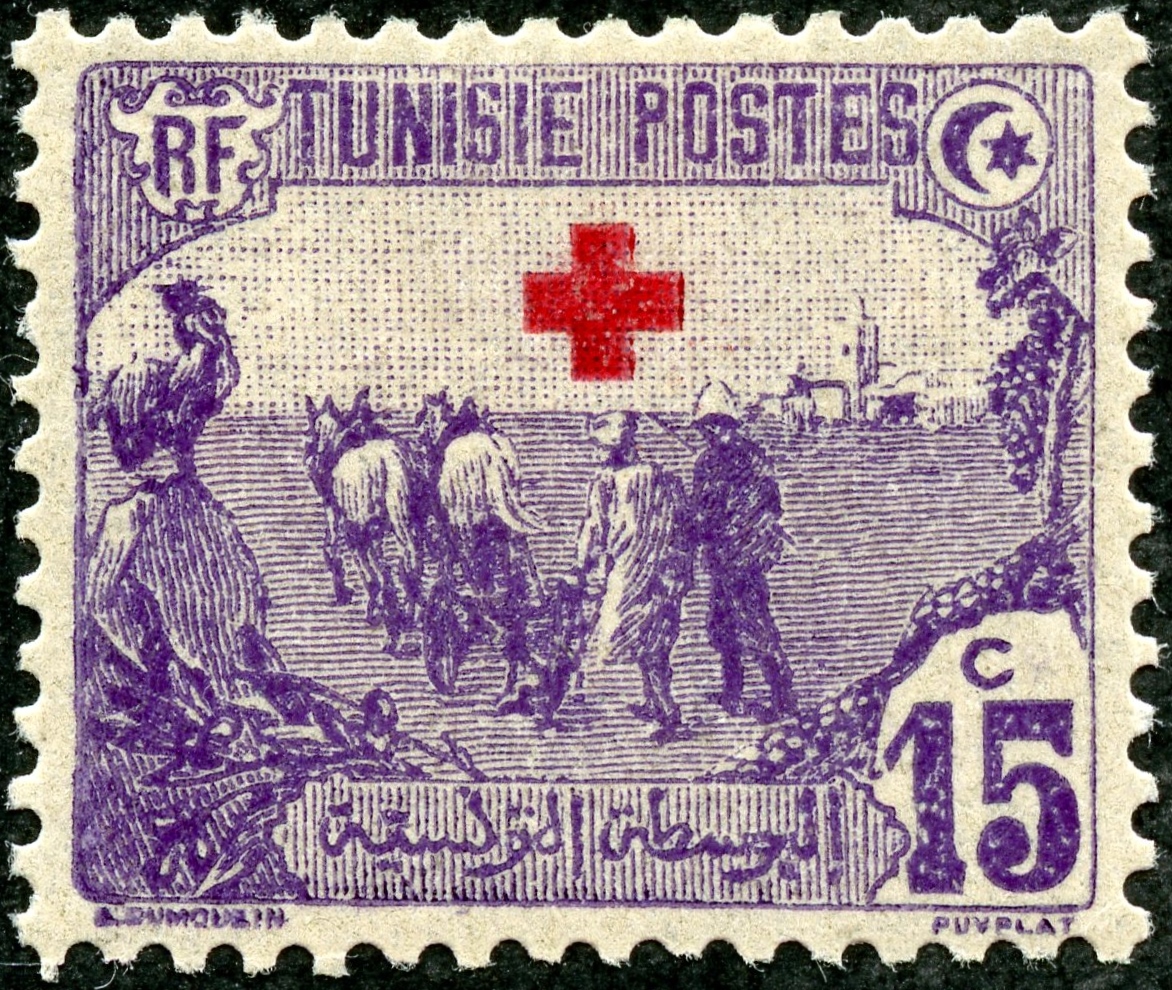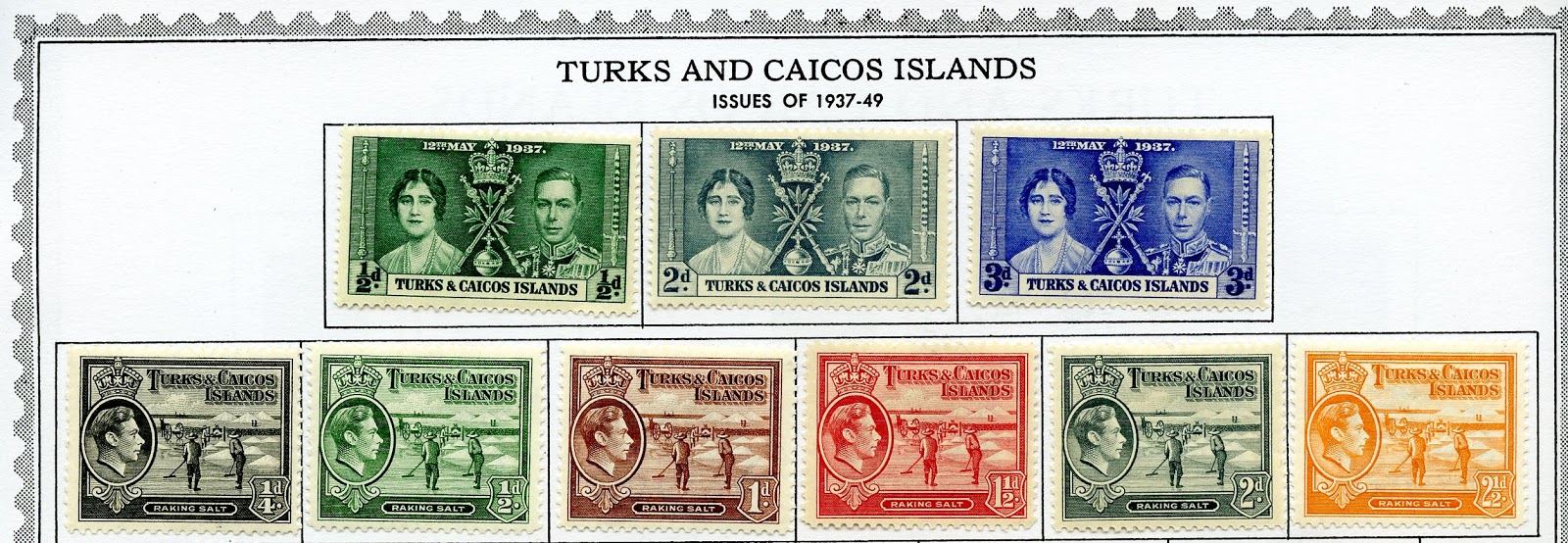|
|
Post by jkjblue on Apr 2, 2016 10:19:12 GMT
 bigblue1840-1940.blogspot.com/2016/04/TheClassicStampsofSwitzerland.html bigblue1840-1940.blogspot.com/2016/04/TheClassicStampsofSwitzerland.htmlSwitzerland (Helvetia) is at the European junction of Germanic and Romance language and culture, and hence has four linguistic/cultural regions: German, French, Italian and Romansh. Although the majority of the population is German language speaking, the self identity of the Swiss is molded more through the shared alpine geography, the shared historical background, and the long history of direct democracy and federalism. Traditionally, the Swiss have maintained their neutrality as a means to keep their (relatively) small nation from being overwhelmed by their more populous and bellicose neighbors. That, and the self defense protection afforded by the alpine ruggedness and isolation.  |
|
|
|
Post by jkjblue on Apr 7, 2016 20:55:55 GMT
|
|
|
|
Post by jkjblue on Apr 13, 2016 19:48:13 GMT
 bigblue1840-1940.blogspot.com/2016/04/ClassicalerastampsofSyria.html bigblue1840-1940.blogspot.com/2016/04/ClassicalerastampsofSyria.htmlDuring WW I, the Ottoman Empire had sided with the Austro-Hungarian Empire and Germany, and was consequently occupied by both British and French troops. A secret agreement was in place regarding how to divide the Arab provinces of the Ottoman Empire outside the Arabian peninsula ( The 1916 Sykes-Picot Agreement). The British were allowed control of the lands from the Mediterranean Sea to the River Jordan, Jordan, southern Iraq, and the ports of Haifa and Acre. An "international administration" was to govern Palestine. France assumed control of Syria and Lebanon, south-eastern Turkey, and northern Iraq. Stamps were issued under French Occupation on November 21, 1919 overprinted T.E.O. "Territoires Ennemis Occupes". |
|
|
|
Post by jkjblue on Apr 20, 2016 4:11:37 GMT
 bigblue1840-1940.blogspot.com/2016/04/ClassicalStampsofTahiti.html bigblue1840-1940.blogspot.com/2016/04/ClassicalStampsofTahiti.htmlTahiti has been under French influence since 1842, and when the Kingdom of Tahiti, through Pomare V, ceded Tahiti to France in 1880, the island and the island dependencies became a French colony. Stamps were introduced for Tahiti in 1882 by surcharging stamps of the French Colonies. |
|
|
|
Post by jkjblue on Apr 25, 2016 20:47:32 GMT
|
|
|
|
Post by jkjblue on May 1, 2016 23:17:36 GMT
|
|
|
|
Post by jkjblue on May 7, 2016 17:54:50 GMT
|
|
|
|
Post by jkjblue on May 17, 2016 13:33:10 GMT
|
|
|
|
Post by jkjblue on May 20, 2016 1:08:43 GMT
|
|
|
|
Post by jkjblue on May 25, 2016 23:31:44 GMT
|
|
|
|
Post by jkjblue on May 31, 2016 23:34:21 GMT
 bigblue1840-1940.blogspot.com/2016/05/ClassicalStampsofthurn-and-taxis.html bigblue1840-1940.blogspot.com/2016/05/ClassicalStampsofthurn-and-taxis.htmlThe Thurn and Taxis Princely House (Tassis) has had a long history of providing mail and newspaper courier distribution services- originally since 1290 for Italian city-states, and then spreading by the 16th century to a postal route network encompassing Germany, Austria, Italy, Hungary, Spain, and the Low countries (now Netherlands, Belgium, and Luxembourg). They were named the Imperial Postmasters General for the Holy Roman Empire in 1748. |
|
|
|
Post by jkjblue on Jun 8, 2016 18:54:40 GMT
 bigblue1840-1940.blogspot.com/2016/06/ClassicalStampsofTibet.html bigblue1840-1940.blogspot.com/2016/06/ClassicalStampsofTibet.htmlYou want to know why Tibet is a popular "country" with WW classical era collectors? Read the 1947 Scott catalogue description.... "Tibet is a theocratic state, ruled by the Dalai Lama, and a large part of the population consists of Buddhist monks and nuns. While occasional expeditions have been able to penetrate the country- a British mission fought its way to Lhasa in 1904- it is largely terra incognita, as entry by Europeans is strictly discouraged, except in very rare and exceptional cases. Tibet's postage stamps are valid only within its own borders." Nothing like remote turning into exotic to make collectors desire a little piece of tangible paper evidence. ;-) |
|
|
|
Post by jkjblue on Jun 13, 2016 14:00:35 GMT
 bigblue1840-1940.blogspot.com/2016/06/ClassicalStampsofTimor.html bigblue1840-1940.blogspot.com/2016/06/ClassicalStampsofTimor.htmlSituated in the Malay Archipelago, off the northern coast of Australia, the mountainous and coastal mangrove swamp island of Timor was divided between Portuguese Timor (Colony founded-1702), and the Dutch East Indies by the Treaty of Lisbon in 1859. The colonial powers agreed to split the island between them: the Portuguese inhabited the eastern section, while the Dutch colonized the western part. The border was finalized in 1914 - it is still the official border between modern day East Timor and Indonesia. |
|
|
|
Post by jkjblue on Jun 19, 2016 0:01:29 GMT
 bigblue1840-1940.blogspot.com/2016/06/ClassicStampsofTobago.html bigblue1840-1940.blogspot.com/2016/06/ClassicStampsofTobago.htmlTobago is a small island (40 km long and 10 km wide) in the tropical West Indies just off the coast of Venezuela, and close to the sister island of Trinidad. And, yes, the name comes from the same Spanish and Arawakan root word- "tabaco"-as Tobacco. Originally, the Island Caribs inhabited the island. |
|
|
|
Post by jkjblue on Jun 24, 2016 21:26:18 GMT
|
|
Deleted
Deleted Member
Posts: 0
|
Post by Deleted on Jun 25, 2016 16:42:40 GMT
Definitely one of the best of the period - the big brother from my collection. 4 other exceptional ones from 1900 I will post in Germany stamps  |
|
|
|
Post by jkjblue on Jun 30, 2016 15:05:40 GMT
 bigblue1840-1940.blogspot.com/2016/06/ClassicalStampsofTonga.html bigblue1840-1940.blogspot.com/2016/06/ClassicalStampsofTonga.htmlCaptain James Cook in 1773 named them the "Friendly Islands", because of his warm reception there. (Actually, the Tongan Chiefs wanted to kill him, but disputed the exact mode. ;-) The Tongans are Polynesian, and the native language of Tonga is related to the similar Polynesian languages found in Niue, Samoa, and Hawaii. Now, the other official language is English. Tonga became a constitutional monarchy under King George Tupou I (Siaosi), in 1875. The King was aided by a Methodist Wesleyan trained missionary named Shirley Waldemar Baker, who subsequently became the King's prime minister (1881-1890), and founded the independent "Free Church of Tonga". Stamps were issued with a King George I visage in 1886. |
|
|
|
Post by jkjblue on Jul 7, 2016 21:26:05 GMT
 bigblue1840-1940.blogspot.com/2016/07/ClassicalStampsofthetranscaucasian-federated-republics.html bigblue1840-1940.blogspot.com/2016/07/ClassicalStampsofthetranscaucasian-federated-republics.htmlOn the orders of Stalin, the Armenian/Azerbaijan/Georgia republics were joined as the Transcaucasian SFSR. (Not all the constituent republics were happy with the change. The Georgian Bolsheviks felt it was an attempt to limit their sovereignty, and resigned in protest in October, 1922.) Then, the Transcaucasion Federated Republics began issuing stamps on September 15, 1923, and the separate republics ceased their own issues on October 1, 1923. |
|
|
|
Post by jkjblue on Jul 12, 2016 19:53:04 GMT
 bigblue1840-1940.blogspot.com/2016/07/ClassicalStampsoftransvaal-south-african-republic.html bigblue1840-1940.blogspot.com/2016/07/ClassicalStampsoftransvaal-south-african-republic.htmlThe South African Republic (ZAR, Transvaal), one of the Dutch speaking Boer states, was an independent country from 1852-1902. (The other independent country was the Orange Free State.) But when gold fields were discovered in 1886, it significantly elevated British interest. The Boers defeated the British in the First 1877-1881 Boer War, but surrendered to the British after the bloody 1899-1902 Second Boer War on May 31, 1902 with the Treaty of Vereeniging. |
|
|
|
Post by jkjblue on Jul 18, 2016 23:12:33 GMT
|
|
|
|
Post by jkjblue on Jul 24, 2016 21:00:47 GMT
|
|
|
|
Post by jkjblue on Jul 31, 2016 19:27:52 GMT
 bigblue1840-1940.blogspot.com/2016/07/TheClassicStampsofTripolitania.html bigblue1840-1940.blogspot.com/2016/07/TheClassicStampsofTripolitania.htmlClearly, Tripolitania ( and Italian colonies in general) are moderately expensive to expensive for the general WW classical era collector who wishes a "representative" collection. And, if one is collecting with the Big Blue album, which has a very generous selection indeed for Tripolitania (and Italian colonies on general), the expense outlay rises further. |
|
|
|
Post by jkjblue on Aug 6, 2016 16:40:38 GMT
 bigblue1840-1940.blogspot.com/2016/08/TheClassicalStampsofTunisia.html bigblue1840-1940.blogspot.com/2016/08/TheClassicalStampsofTunisia.htmlThe Ottoman Empire was gradually crumbling, and Tunisia, consisting of Arabs and Berbers, was a province in that Empire, although largely enjoying autonomy. In that era, the European imperialistic powers traded the rest of the world's lands as if they were their own private chess pieces. In that vein, at the Berlin Congress of 1878, the British offered control of Tunisia to the French if they (the British) could have Cyprus. The French were already occupying Algeria, and the offer was accepted. |
|
|
|
Post by jkjblue on Aug 11, 2016 23:47:40 GMT
 bigblue1840-1940.blogspot.com/2016/08/ClassicalStampsofTurkey.html bigblue1840-1940.blogspot.com/2016/08/ClassicalStampsofTurkey.htmlTurkey is a world of its own with many overprints and surcharges. The stamps reflect the "Ottoman Empire" to 1922, and then the "Republic of Turkey" beginning in 1923. The stamps reward the careful WW collector that is willing to pay attention to the many complicated - at first glance, and even second glance- overprinted and surcharged issues. I love the Turkish Empire and the Republic of Turkey stamps. Truly, Turkey would be a fine country for the specialist. |
|
|
|
Post by jkjblue on Aug 18, 2016 3:46:37 GMT
 bigblue1840-1940.blogspot.com/2016/08/ClassicalStampsofturkey-in-asia.html bigblue1840-1940.blogspot.com/2016/08/ClassicalStampsofturkey-in-asia.htmlThe Turkish War of Independence was successful, with the overthrow of the Ottoman Sultanate, the forced withdrawal of Allied forces from Anatolia, and, finally, the establishment of the Republic of Turkey. The stamps of the era are referred to as "Turkey in Asia" or "Anatolia". From 1920 to 1922, stocks of old stamps were overprinted, or revenue stamps were handstamped "Osmanli Postalari 1336" for postal use. |
|
|
|
Post by jkjblue on Aug 23, 2016 16:49:43 GMT
 bigblue1840-1940.blogspot.com/2016/08/ClassicStampsoftheturks-islands.html bigblue1840-1940.blogspot.com/2016/08/ClassicStampsoftheturks-islands.htmlTwo groups of islands in the northern Caribbean (The larger Caicos Islands and the smaller Turks Islands), separated by the Turks Passage (2,200 m or 7,200 ft deep), have always been associated with each other. But Grand Turk Island was the first island colonized by Bermudians for the salt industry in 1681. Cockburn Town became the capital in 1766, and Grand Turk Island- sometimes referred to historically as "Grand Cay" - remains the cultural and historical center of the islands group. |
|
|
|
Post by jkjblue on Aug 29, 2016 23:32:37 GMT
|
|
|
|
Post by jkjblue on Sept 4, 2016 23:00:08 GMT

bigblue1840-1940.blogspot.com/2016/09/which-stamp-album-is-best-for-ww.htmlIt depends. Do you have the ambition.. and funds.. of a Josiah Lilly, or would you rather rummage through a bankers box of castoff albums bought on the cheap? How much time..and shelf space.. can you devote to the hobby? Do you tend to be a completist, or do your eyes focus..and give pleasure.. on the stamps you have? |
|
|
|
Post by jkjblue on Sept 13, 2016 21:56:07 GMT
 bigblue1840-1940.blogspot.com/2016/09/ClassicalStampsofUbangi-Shari.html bigblue1840-1940.blogspot.com/2016/09/ClassicalStampsofUbangi-Shari.htmlThe first issue for Ubangi-Shari proper was released in 1915, and consisted of Middle Congo stamps that were overprinted "Oubangui-Chari-Chad". Beginning on April 12, 1916, Ubangi-Shari was separately administered. The Lake Chad portion of the territory was removed from Ubangi-Shari in 1920, and the stamps, beginning in 1922, now were overprinted "Oubangui-Chari". |
|
|
|
Post by jkjblue on Sept 22, 2016 18:04:04 GMT
|
|